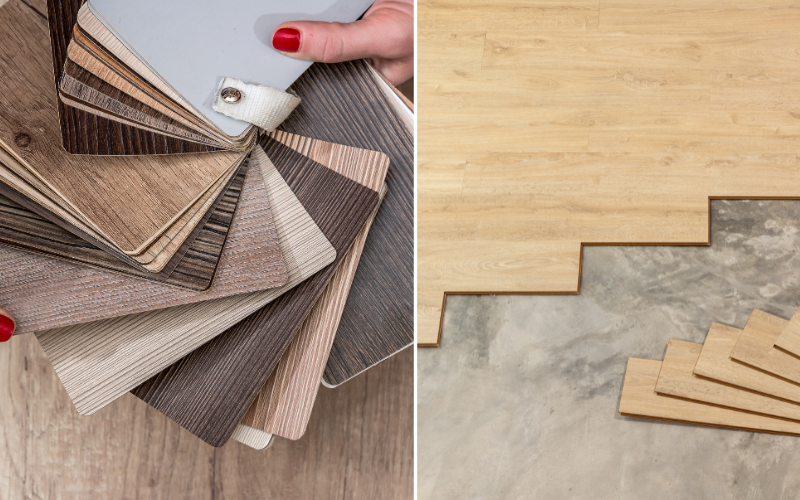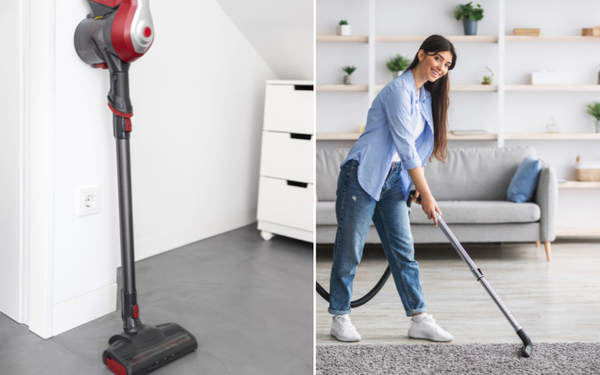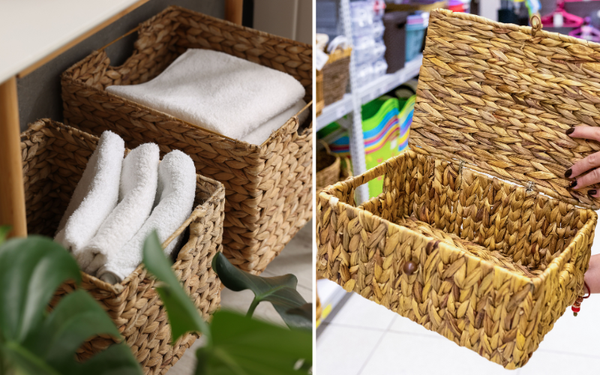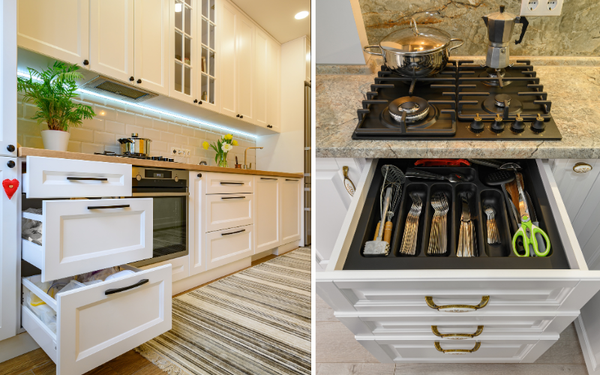Is wood tile cheaper than hardwood? Yes, but let’s break down the costs and what you can expect in the long run. This article covers the initial purchase price, installation fees, and maintenance expenses for both options, helping you decide which flooring is better for your budget.
Key Takeaways
- Wood tile, typically made from ceramic or porcelain, is more cost-effective than hardwood flooring due to lower initial purchase prices and installation costs.
- Wood tile offers greater durability and moisture resistance, making it suitable for wet areas like bathrooms and kitchens, whereas hardwood flooring is better suited for dry areas like living rooms and bedrooms.
- Although both wood tile and hardwood flooring can enhance home value, hardwood flooring generally has a higher resale value and is preferred by buyers for its natural beauty and timeless appeal.
Understanding Wood Tile and Hardwood Flooring
Often composed of ceramic tile or porcelain, wood tile aims to replicate the appearance of hardwood. This manufacturing process involves creating intricate designs on ceramic or porcelain tiles, resulting in a product that captures the essence of natural wood while offering the benefits of tile flooring. In contrast, hardwood flooring is made from solid wood planks or engineered wood - a layered construct of hardwood veneer over plywood.
Each type of flooring finds its best use in different applications. Wood tile is particularly suitable for areas prone to moisture, such as bathrooms and kitchens, due to its resistance to water damage.
Hardwood flooring, prized for its natural beauty and warm aesthetic, is often chosen for living areas, bedrooms, and spaces where a touch of elegance and coziness is desired. A well-maintained wood floor, as a type of hardwood floor, can significantly enhance the overall appeal of any room.
Cost Comparison: Wood Tile vs. Hardwood Flooring
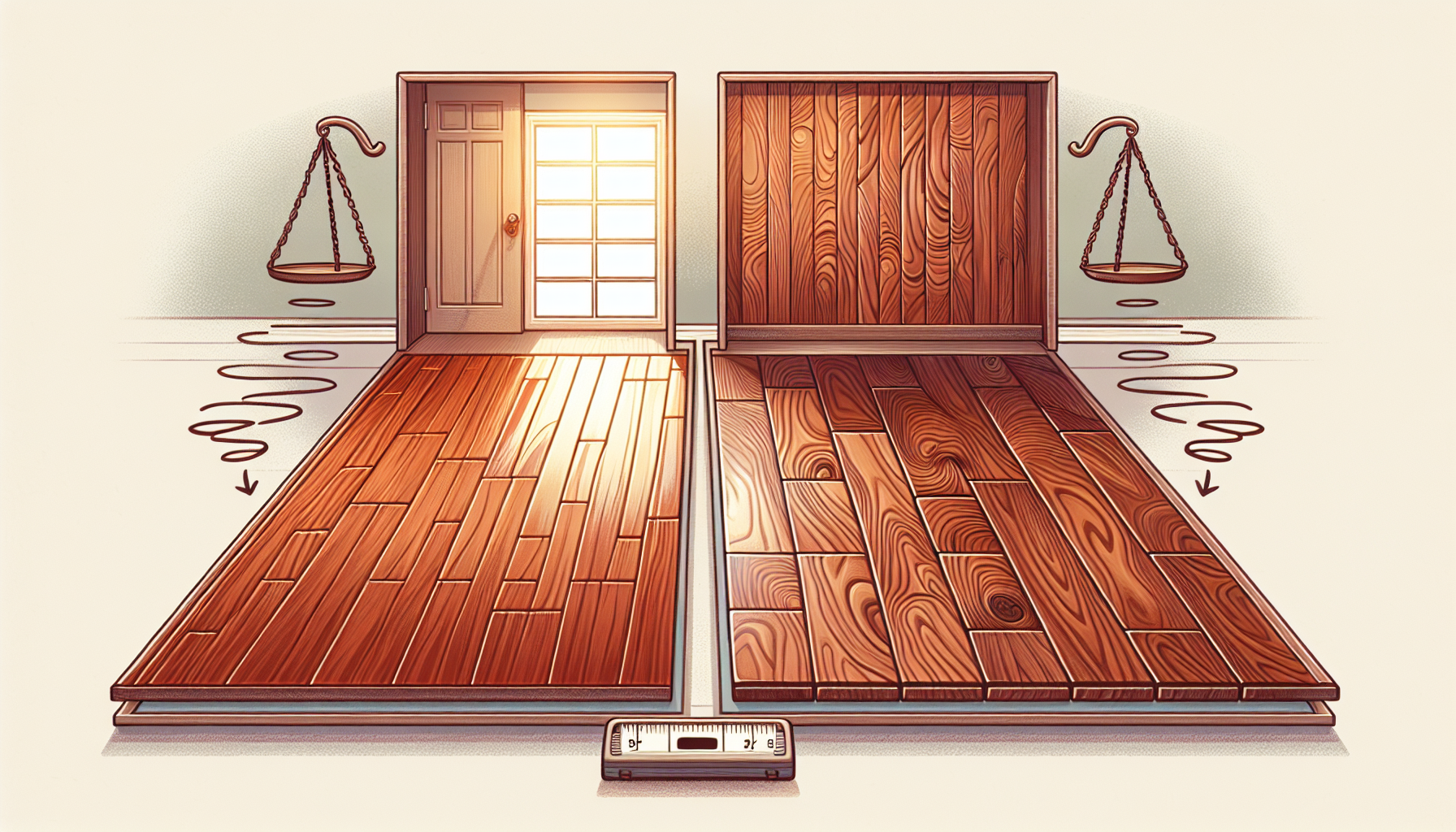
Cost often plays a significant role in the decision between wood tile and hardwood flooring. The overall expense involves the initial purchase price per square foot, installation costs, and long-term maintenance expenses. A clear comprehension of these costs enables homeowners to make a balanced decision that aligns with their budget and desired outcome.
Initial Purchase Price per Square Foot
There’s a significant difference in the initial purchase price between wood tile and hardwood flooring. Porcelain tile, a popular choice for wood tile, typically ranges from $2 to $8 per square foot. Engineered hardwood flooring is generally more expensive, costing between $4.50 to $16 per square foot, while solid hardwood can range from $5 to $28 per square foot, depending on the wood species and quality. This initial price difference can be a crucial factor for budget-conscious homeowners.
Installation Costs
The disparity in installation costs also sets wood tile apart from hardwood flooring. Tile installation can cost between $3 to $10 per square foot, influenced by the complexity of the project. Hardwood flooring installation, on the other hand, is typically more expensive, ranging from $7 to $25 per square foot when including labor and materials.
For many homeowners, these costs can significantly impact the overall budget of a flooring project.
Long-Term Expenses
Another vital factor to consider is the long-term expenses. Wood tile generally requires less maintenance over time compared to hardwood flooring. Porcelain tiles can be easily replaced if damaged, without affecting the rest of the floor. In contrast, hardwood floors may need periodic refinishing, often every 5 to 10 years, to maintain their appearance. These ongoing maintenance costs can add up, making wood tile a more budget-friendly option in the long run.
Durability and Maintenance
Consideration should also be given to the durability and maintenance requirements of the flooring. Tile floors can last up to 50 years or more with proper care, while hardwood floors also boast impressive longevity but require more upkeep to maintain their beauty. Understanding the specific durability and maintenance needs of each option can help homeowners choose the flooring that best suits their lifestyle and maintenance preferences.
Durability of Wood Tile
Known for its durability and moisture resistance, wood tile proves to be an excellent choice for water-exposed areas like bathrooms and kitchens. Its dense material composition makes it highly resistant to dents and scratches, and it can last anywhere from 20 to 50 years or more with proper maintenance. Additionally, if a tile becomes damaged, it can be replaced individually without disturbing the rest of the floor.
Durability of Hardwood Flooring
With proper maintenance, the longevity of hardwood flooring can extend to a lifetime. This durability is augmented by the ability to sand, regrade, and stain the wood over time, ensuring it remains a valuable investment. However, hardwood is more susceptible to moisture damage, which can cause warping and discoloration, particularly in environments with high humidity.
Maintenance Requirements
Wood tile and hardwood flooring have different maintenance requirements. Tile and hardwood floors, in general, are easier to maintain, requiring routine cleaning without the need for sealing with VOC-emitting finishes.
Hardwood floors, also known as wood floors, while requiring more upkeep, such as periodic refinishing, offer a warm and inviting aesthetic that many homeowners find worth the extra effort.
Aesthetic Considerations
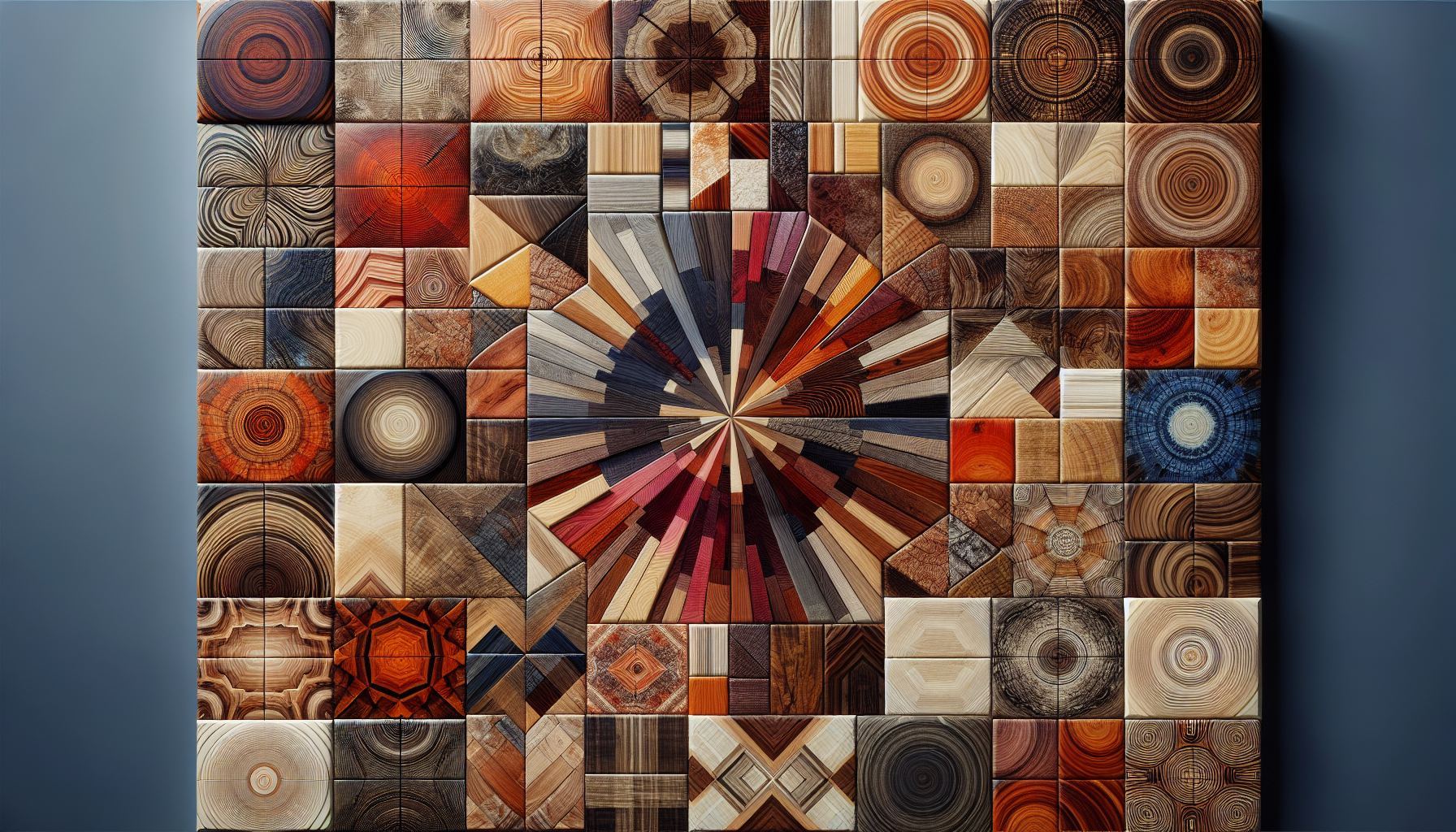
The aesthetic appeal of the flooring is a key consideration in decision-making. Wood-look tile offers modern design options with a variety of colors, patterns, and textures, while hardwood flooring provides a classic, timeless aesthetic with unique grain patterns and natural warmth. Both options can significantly enhance the beauty of a home, but their visual effects differ.
Visual Appeal of Wood Tile
Offering a wide spectrum of design options, tile and wood flooring comes in a variety of colors, patterns and styles, including planks, mosaics, and herringbone patterns. This versatility allows homeowners to customize their floors to match their personal style and the decor of their homes, while also considering the appearance of grout lines.
Wood look porcelain tile can mimic the appearance of different wood types, providing a stylish and modern look that can be tailored to any room.
Visual Appeal of Hardwood Flooring
The natural beauty and distinctive grain patterns of hardwood flooring are much admired. Different wood species like oak, maple, and walnut each bring unique colors and textures to a space, adding character and charm.
Hardwood’s ability to be stained in various shades also offers significant design flexibility, allowing homeowners to achieve the perfect look for their interiors.
Environmental Impact
Eco-conscious homeowners place increasing importance on the environmental impact of flooring materials. Generally, wood tile is more eco-friendly as it uses recyclable materials and emits lower VOC from finishes.
Despite being sustainable through responsible forest management, hardwood flooring involves manufacturing processes that are more resource-intensive.
Sustainability of Wood Tile
Wood tile is made from eco-friendly materials like clay, pulverized rock, and recycled glass, making it a sustainable choice for flooring. Additionally, the recyclability of tile flooring further enhances its environmental credentials, making it a preferred option for those looking to reduce their ecological footprint.
Sustainability of Hardwood Flooring
Hardwood flooring can be a sustainable option when sourced from suppliers that practice responsible forest management. These practices ensure that:
- harvested trees are replaced with new plantings
- the ecosystem is protected
- biodiversity is maintained
- the carbon footprint is minimized
By choosing hardwood flooring or engineered wood flooring from responsible suppliers, you can contribute positively to environmental sustainability.
However, the manufacturing process for hardwood is more resource-intensive, involving significant use of fossil fuels.
Resale Value
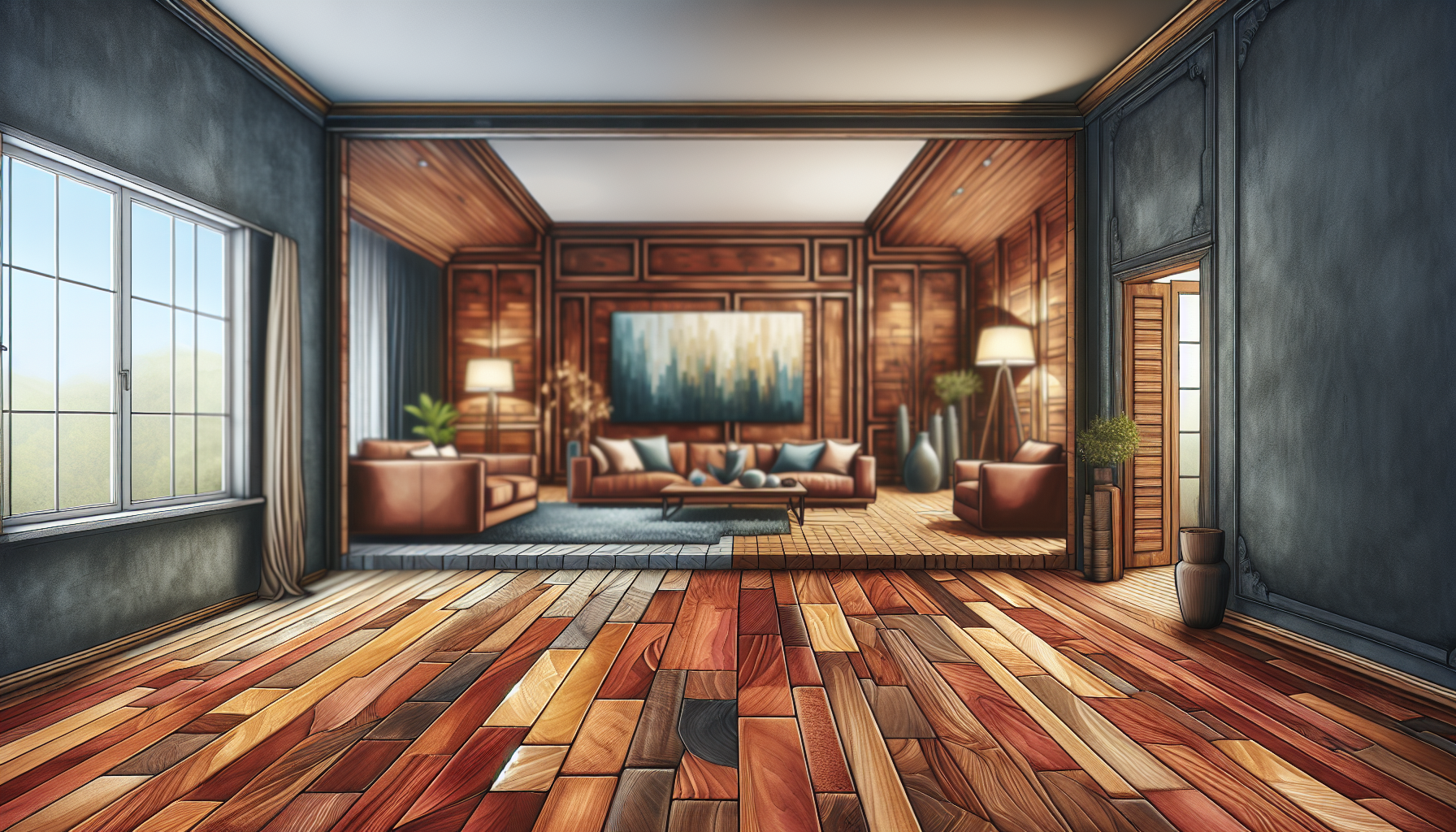
The choice of flooring in a home can have a significant influence on its resale value. While both wood tile and hardwood flooring add value to a home, buyers generally prefer hardwood.
This desirability often translates to a higher return on investment when selling a home.
Impact of Wood Tile on Home Value
The visual appeal of wood tile can enhance a home and attract potential buyers, particularly in areas where its durability and low maintenance are appreciated. While installing a new tile floor can increase home value, it typically doesn’t boost resale value as much as hardwood flooring.
Impact of Hardwood Flooring on Home Value
Highly coveted by buyers, hardwood flooring can significantly boost a home’s resale value. The National Association of REALTORS 2022 Remodeling Impact Report found that refinishing hardwood floors has a cost recovery of 147%, while new wood flooring has a cost recovery of 118%. This makes hardwood floors a worthwhile investment for homeowners looking to maximize their return when selling their home.
Best Applications for Each Flooring Type
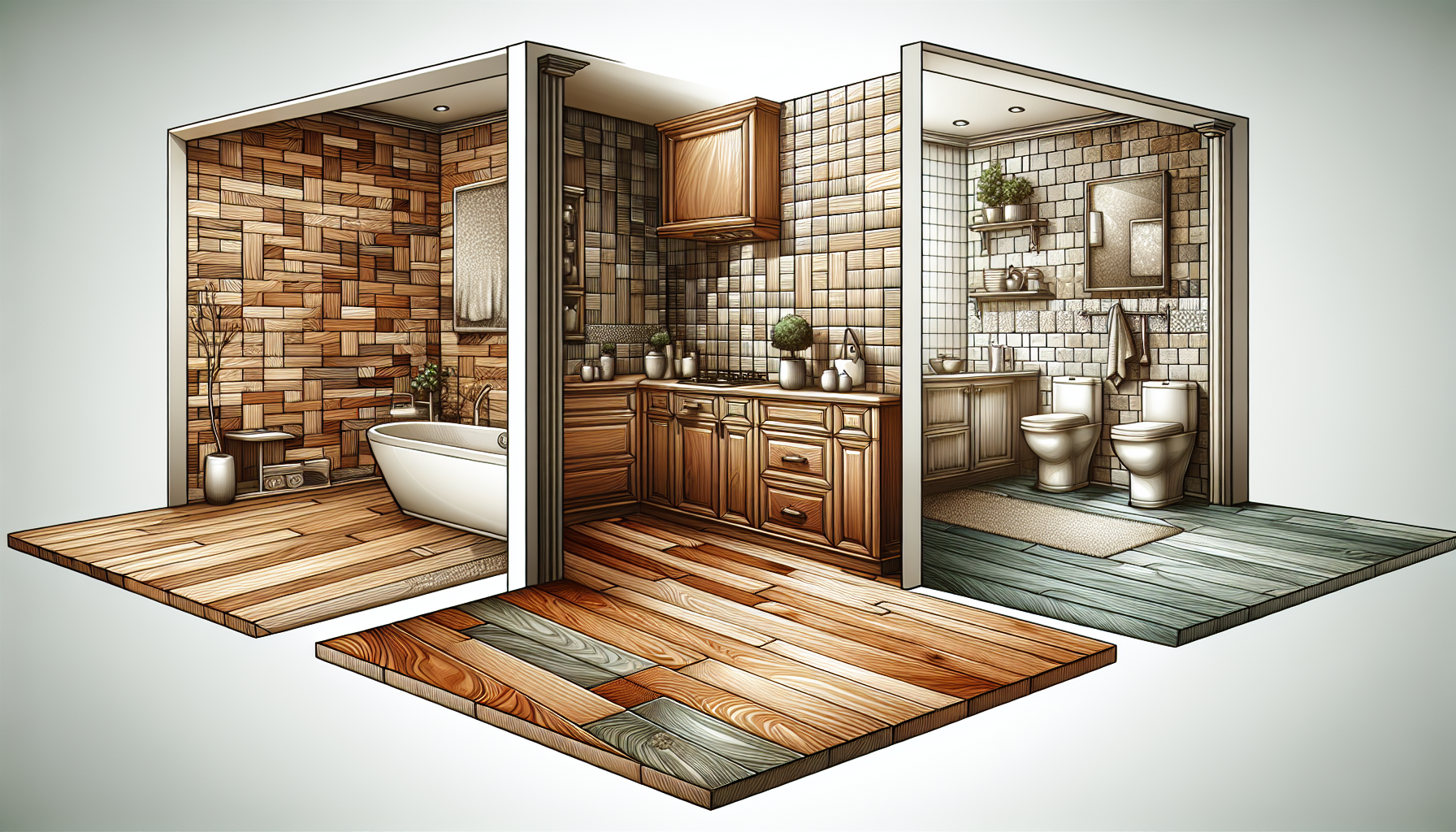
Understanding the strengths of each type of flooring aids in making an informed decision. Wood tile is ideal for moisture-prone areas like bathrooms and kitchens, while hardwood flooring is best for dry, low-moisture environments such as living rooms and bedrooms.
Ideal Uses for Wood Tile
Areas with high moisture, such as bathrooms, kitchens, and laundry rooms, greatly benefit from using wood tile. Its durability also makes it an excellent choice for high-traffic areas like hallways and mudrooms, where it can withstand wear and tear without losing its appearance.
Ideal Uses for Hardwood Flooring
Dry areas within the home, such as living rooms, dining rooms, and bedrooms, are ideally suited for hardwood flooring. Its warm and inviting aesthetic makes it a popular choice for spaces where comfort and coziness are priorities.
Additionally, hardwood floors are durable and easy to maintain, making them ideal for children’s bedrooms.
Summary
In summary, both wood tile and hardwood flooring offer unique advantages depending on the specific needs and preferences of homeowners. Wood tile provides durability, moisture resistance, and versatile design options, making it ideal for high-moisture and high-traffic areas. Hardwood flooring, with its timeless beauty and ability to significantly increase home value, is best suited for dry areas where its aesthetic can be fully appreciated. By considering factors such as cost, durability, maintenance, aesthetics, environmental impact, and resale value, homeowners can make an informed decision that enhances both the functionality and beauty of their homes.
Frequently Asked Questions
Is wood tile cheaper than hardwood flooring?
Yes, wood tile is typically more cost-effective than hardwood flooring, both in terms of initial purchase price and installation cost.
Which flooring is more durable, wood tile or hardwood?
Wood tile is more durable than hardwood because it is more resistant to moisture and scratches, making it suitable for high-moisture areas.
How does hardwood flooring affect home resale value?
Having hardwood flooring can significantly increase the resale value of your home because of its popularity and timeless appeal.
What are the maintenance requirements for wood tile?
Wood tile requires routine cleaning and occasional replacement of damaged tiles, but generally has lower maintenance needs than hardwood.
Can wood tile be used in high-traffic areas?
Yes, wood tile can be used in high-traffic areas due to its durability and suitability for spaces such as hallways and mudrooms.
You Might Also Like...
